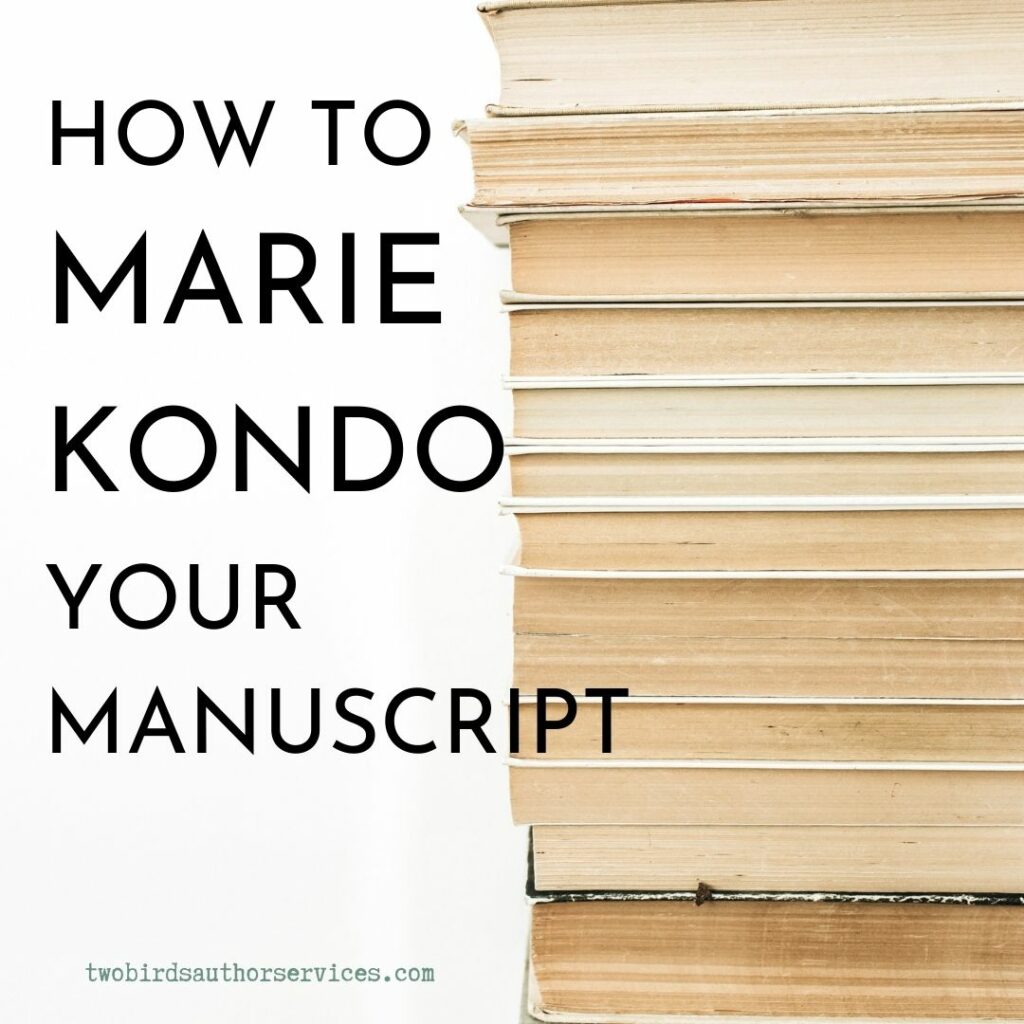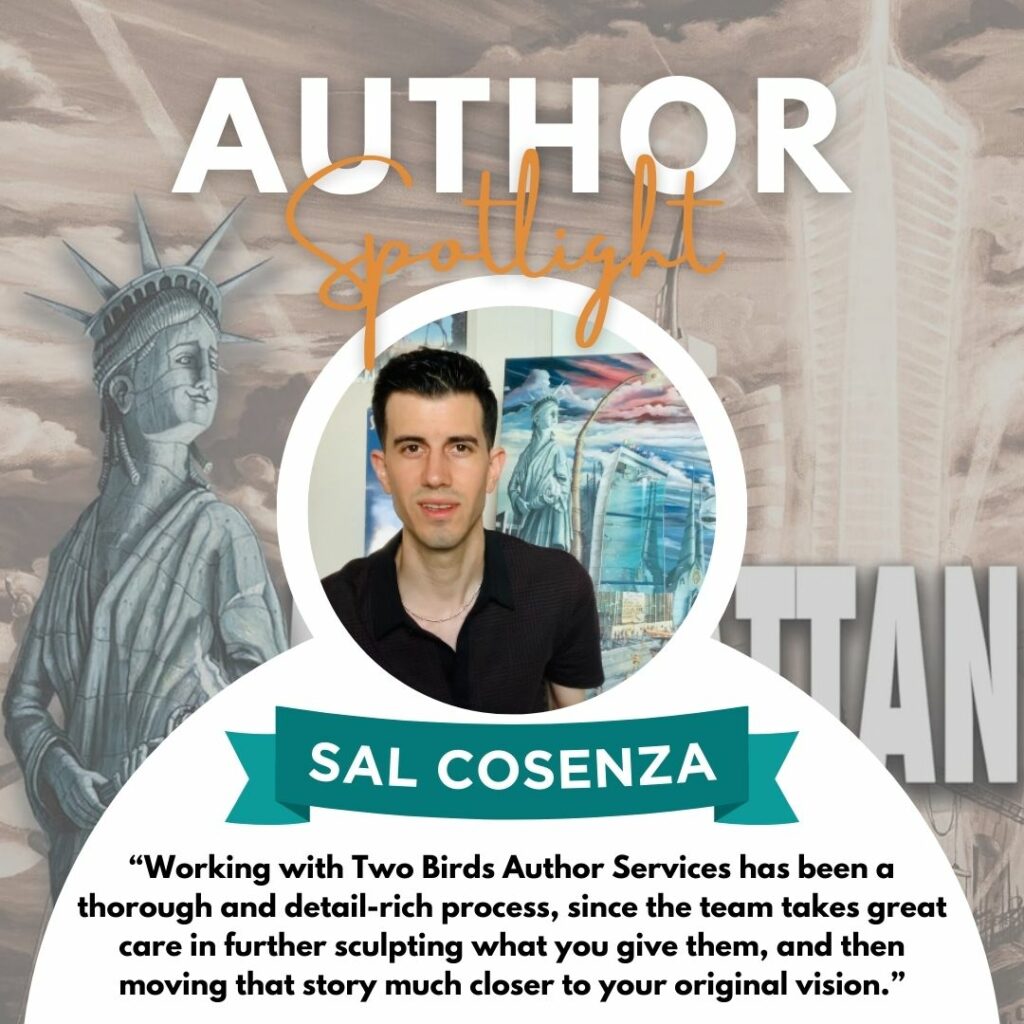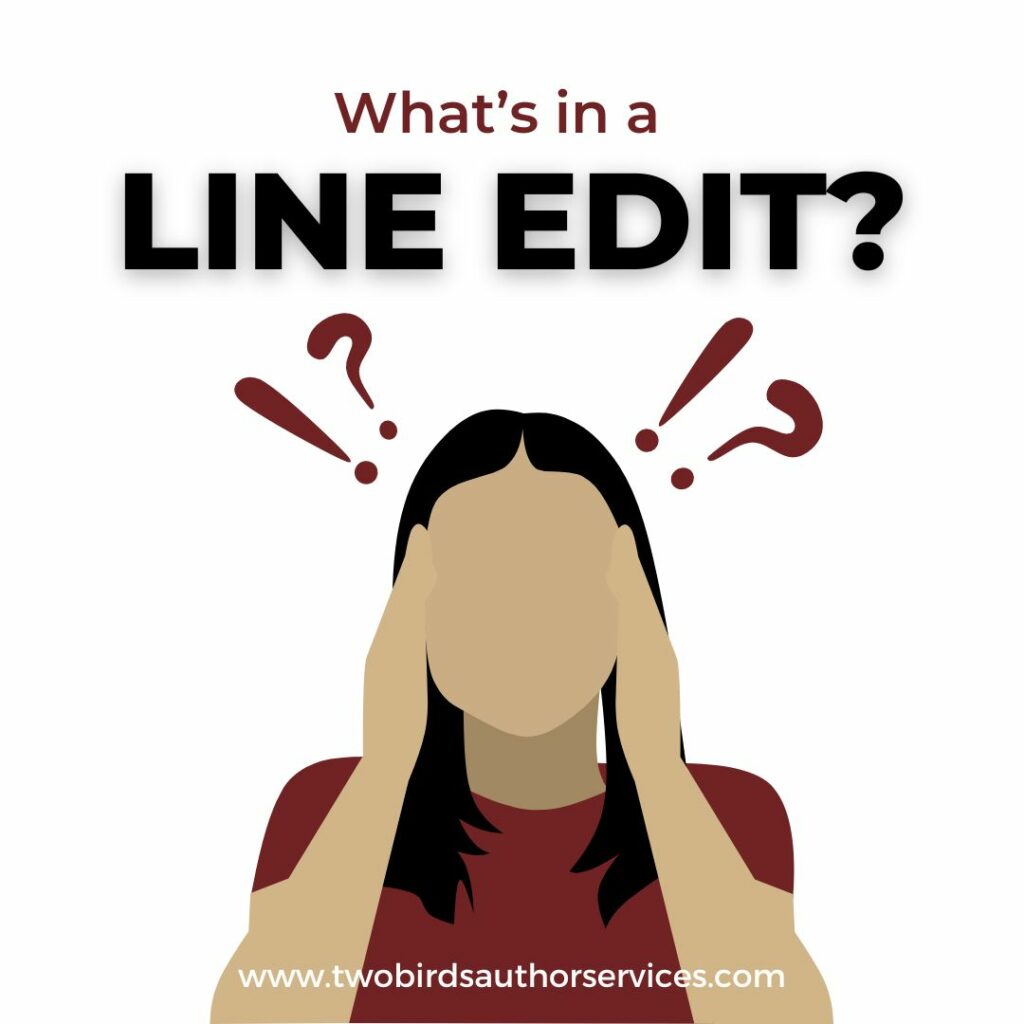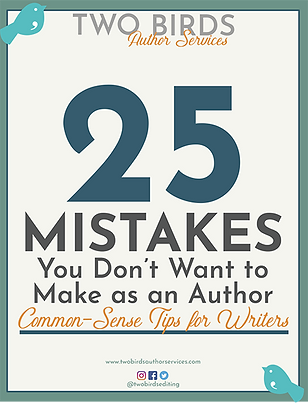Editing tips to love, honor and then delete those unnecessary scenes
Writing is no easy process if you do it well. To create a book you’re truly proud of, one that sings, you have to be tough on your words. That’s why I like to say that good writing doesn’t happen in the drafting stage, but in the editing stage—which is when you ruthlessly judge what’s working, what isn’t, and make changes. Even if they hurt a little.
Here’s why you should embrace the editing phase, and how to do it with love.
Editing vs. Writing: Two Different Hats for Two Different Jobs
One of the challenges I see writers run into is how they view the writing process. It’s easy to think of it all as one stage, from start to finish. But honestly, revision comes from a different mindset than drafting does. In the initial draft, it’s easy to just move on instinct, craft a scene that excites you, go with what feels right in the moment.
And that’s not a bad thing. That joy in the creative process is what draws people to writing in the first place.
But there’s a tendency to view revision as either tedious … or hard … or devoid of creativity. And that’s why many writers hate it … dread it … avoid it … resist it.
I am here to tell you not to resist revision. You can do it well, if you’ll just accept that it means changing your set of eyes to change how you see your book.
Studying Your Diamond in the Rough
Imagine a diamond expert examining an uncut gem. You can picture it, can’t you? They pull out a loupe (a small magnifying glass) or even a microscope and zoom in close to catch the details. They evaluate the gem on a host of factors—like color, tone, saturation, shape, size, and transparency. They think about its use—Will it be cut to a ring? Set in a necklace? Placed as a display item in a museum? And based on this and other factors, like how much a buyer might want it, they determine estimated worth.
Examining your draft happens the same way. The factors differ, sure, but the principle is the same. Will your readers buy in? Is the scene doing what it’s supposed to? Is it clear or cloudy? You keep what’s good and work on what isn’t—with the honest evaluation of a diamond seller.
Making Peace with the Editing Process
No matter what, editing will take work. It’s like going to the gym to get in shape. To build muscle, you have to lift something heavy. To tone up, you have to stretch in ways that are sometimes uncomfortable. To craft a book that sells, you have to spend time with revision.
Embrace the process, and appreciate it for what it is—something that is uniquely yours, an act of love for yourself as a writer. You deserve to put out your very best book, not just one that feels easy, but in the end doesn’t satisfy you. And when you do the work, you’ll have a finished product that makes you happy. It’s worth the effort.
Finding What Sparks Joy
So, what does this all have to do with Marie Kondo? Well, here’s the thing … As writers, it’s as easy to hang onto scenes and stories that don’t work for us as it is to hold onto those jeans in your closet that are three sizes too small for you and haven’t fit you in 15 years.
It’s just hard to let go of things we’ve invested in. And writing is an investment of your time, love and energy.
But isn’t it as important to cut the scenes that don’t work, and shape the ones that will, just as it’s important to toss those socks with holes in them and get to the gym? Of course it is.
Putting on your editing hat means being willing to look for what will spark joy in readers who are going to buy your book, then buy its sequel, and recommend it to their friends. Their joy matters. So does yours.
To do this: Pay attention to those places in your story that really thrill you, make you smile, delight you. Notice it, and respect it. Star them and then move to the next step to evaluate how well those joy-sparkers are working for the story.
Letting Go of What Doesn’t Serve You
Revising means keeping what’s working and cutting what isn’t. And often, it means rewriting to turn a scene into one that actually does work. This is where your ruthless, magnifying analysis comes in.
As you read your story to revise it, ask yourself: Does this scene go anywhere? Does it explain why my characters are doing what they’re doing? Do I love this character because they’re compelling to my readers? Or because I’m playing favorites with a character my readers will find boring? Is my plot well-designed so it feels inevitable? Or am I meandering because I’m obsessed with writing about my favorite hobby, even though it has nothing to do with my story?
Be tough on yourself. Be tough on your book. Acknowledge what you love about the book, while also setting aside those scenes and characters and plot twists that no longer fit you. Appreciate that they got you where you are right now, and release them. Cut them from your book, but save them in a file. Maybe you’ll recycle them for another project.
Turning to the Experts
At some point in the creative process, we all need someone else to come in and give input. Even the best writers benefit from editors and readers providing a fresh viewpoint, and good feedback to accompany it. They’ll see things that you’ve lost sight of, and help you zero in on ways to shape your rough gem into a beautiful shining piece that catches attention and sparks joy in you and your readers.
Have questions about the editing process? We’d love to chat with you and help you figure out your next steps. Contact us to set up a free sample edit.
Sign up to receive our monthly newsletter, full of more helpful info and special deals!




